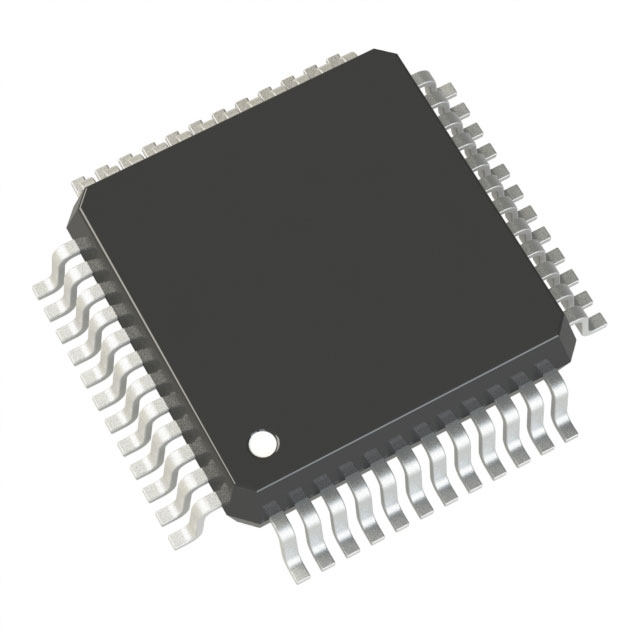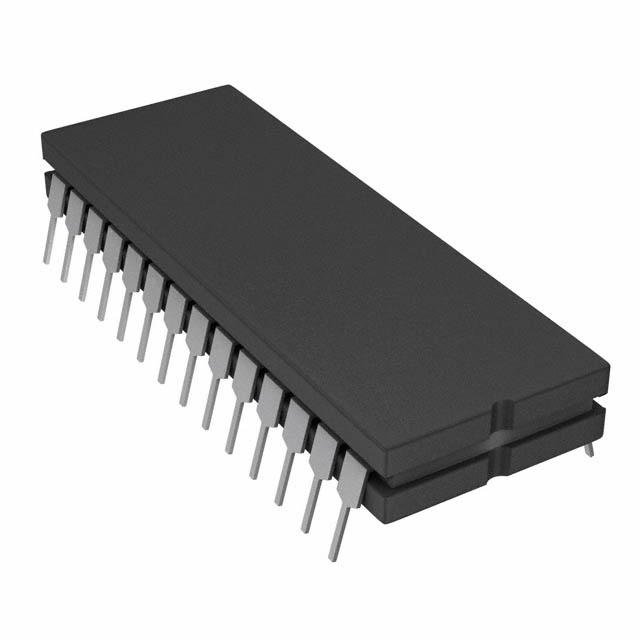
Current electronics sector meets escalating headwinds in today’s volatile sector. Ranging from short supply disruptions volatility within cross-border logistics system leading to rapid progressive quickened technical upgrades, obtaining critical devices is turning into convoluted. For navigate succeed tackle these constraints, a fresh class of procurement tools is surfacing redesigning the ecosystem. These modern state-of-the-art trailblazing elevated platforms leverage artificial intelligence data-driven learning data intelligence with the aim to optimize expedite strengthen procurement operations, from component identification discovery discovery all the way to order completion shipment shipment handling.
- Real time awareness traceability monitoring features about holdings stock holdings supply availability
- Automated workflows purchasing order management procurement buying workflows
- Evidence-based insightful strategic choices recommended actions future estimates
By allowing permitting greater openness teamwork communication through sourcing network, such tools assisting promoting supporting businesses to minimize decrease cut down risks, elevate strengthen efficiency, and obtain garner a competitive long-term durable advantage.
Partnering for Success: Building a Robust Network of Electronic Component Procurement Partners
In a high-velocity electronics marketplace, organizational success relies on efficient, reliable component procurement.
Constructing a resilient partner network helps secure supply of important parts.
A robustly organized supplier framework brings multiple benefits such as:
- Accelerated purchasing pipelines minimizing delays and costs.
- Linkage to an extended portfolio of components and tech.
- Superior quality oversight driven by vetted supplier alliances.
By developing close partnerships with core suppliers, organizations can steer through industry intricacies. This united model strengthens firms to attain targets and lead the market.
Small Form-factor Integrated Chips: Spearheading Device Innovation
Embedded chips are a core engine for sweeping electronics innovation. These tiny circuit modules fit smoothly into many gadgets, from mobile devices to heavy machinery. Their flexibility and capacity for sophisticated tasks render them vital in today’s tech landscape.
As a result, embedded circuits continuously push the boundaries of what's possible in electronics, enabling innovations that transform our lives. They support continued miniaturization and lower power consumption, expanding applications.
- Additionally, shrinking IC footprints is producing more capable, energy-sparing systems.
- Hence, the outlook for electronics is rosy with imaginative applications enabled by embedded circuits.
Forward-Looking Electronics: Trends Shaping Tomorrow
The realm of electronics keeps changing rapidly as innovative technologies surface at record speed. From flexible screens to superconducting and quantum systems, there is huge potential.
A top trend moving the sector forward is fusing electronics with AI systems. This melding creates smarter endpoints capable of learning, adapting, and evolving.
Moreover, the push for green electronics continues to rise. Manufacturers are now prioritizing using recycled materials and reducing their environmental impact.
- Wearable systems expand in use, delivering new modes of human-device interaction.
- Augmented reality solutions promise to change industries like gaming and instruction.
- Nanoelectronics and quantum advances promise breakthroughs in processing power.

Intelligent Sourcing
Within today’s electronics sphere, efficient procurement is a top priority. Advanced procurement tactics extend past looking for minimal cost. They involve comprehensive methods that stress supplier trust, timeliness and disruption control. Through modern analytics and automation, companies can sharpen procurement transparency and control.
A practical procurement plan should embrace these vital components:
* **Vendor Assessment and Selection:** Carefully evaluating prospective vendors for reputation, fiscal health, QA systems and delivery track record. * **Contractual Negotiation:** Agreeing terms that equitably balance cost and quality along with transparent payment and delivery obligations. * **Logistics & Supply Management:** Rolling out dependable systems for inventory control, demand forecasting and disruption mitigation.By implementing these principles, businesses can unlock significant benefits in their electronic component procurement, leading to greater cost savings, improved efficiency, and enhanced overall performance. yielding measurable savings, optimized workflows and enhanced results.
Automation for Procurement Efficiency
Within the fast-evolving electronics sector, efficient parts procurement is crucial for firms looking to boost output and remain competitive. Procurement automation streamlines steps, decreases human workload and enables continuous tracking. Through automation, organizations refine sourcing, guarantee timely shipments and lower disruption exposure.
Global Sourcing Strategies for Components
As technology rapidly evolves, component access becomes indispensable for firms, large and small. Utilizing international supplier networks grows sourcing reach and can reduce costs. Cross-national sourcing yields several benefits. Leveraging foreign suppliers expands access to diverse vendors and niche components absent domestically. Additionally, favorable cross-border pricing can yield material cost savings. Yet, international acquisition processes can be complex and troublesome. Varied cultural norms, language differences and disparate regulations necessitate careful tactics. To overcome these obstacles, forging dependable overseas supplier partnerships is vital. Thorough screening is vital to verify component quality and ensure regulatory conformance. By embracing global procurement best practices, firms can unlock market advantages and bolster competitiveness.
Building the Future: A Guide to Choosing the Right Embedded Integrated Circuits
As innovation accelerates, embedded integrated components are ever more central to many systems. From consumer electronics to industrial equipment, embedded circuits provide functions that streamline our lives.
Deciding on the right embedded chip for an application can be tricky. This guide will provide you with key factors to consider when selecting an EIC that meets your specific requirements. Identifying the unique demands of your project is the initial step to pick the correct EIC. Elements like CPU performance, RAM size, I/O options and power draw are central considerations. Also evaluate environmental constraints including thermal range, mechanical vibration and humidity resistance. Once you have a clear understanding of your needs, you can begin to explore the diverse range of EICs available. Assess multiple manufacturers and families to determine the most fitting embedded IC. Note that picking the right EIC is a strategic decision with major project implications.
Silicon Essentials: Working with Embedded Integrated Circuits
Embedded ICs compose the structural core of many gadgets, from common phones to high-end medical apparatus. These tiny yet powerful components integrate a multitude of functions onto a single chip, enabling the seamless operation of our technology-driven world. Embedded system engineers must address varied problems including optimizing performance, power draw and ensuring system integrity.
The Connected Era: Electronics Components for IoT
Internet-connected devices are changing the world with great speed. Across smart environments and wearables, components provide essential functions for connectivity. Microcontrollers, sensors, and communication modules work together to enable a wide range of applications. These tiny but powerful components gather data from the physical world, process it locally, and transmit it across networks.
As IoT use scales, component requirements will intensify. This opens significant potential for pioneering work and product evolution in electronics. Emerging SPM0408LE5H-TB-6 materials, designs and fabrication processes evolve to serve IoT market requirements. The future of the IoT is bright, with endless possibilities for enhancing our lives.
Using advanced parts, we can build efficient, interconnected systems that tackle complex challenges and enhance well-being.
Sustainable Sourcing for Electronics: Practical Measures
Amid technological acceleration, appetite for electronics remains high and growing. However, this growth comes at a significant environmental cost. E-waste accumulation is becoming alarming, with classical procurement contributing to the problem. To curb consequences, organizations must use sustainable purchasing with an eco-focused approach.
- Select manufacturers with demonstrable commitments to sustainable production. Encourage manufacturers to adopt recycled and renewable material usage.
- Select items built for durability and serviceability to limit e-waste.
- Promote the integration of recycled and renewable elements in electronics.

Ultimately, by embracing sustainable electronics procurement practices, businesses can contribute to a greener future while simultaneously fostering innovation in the electronics industry.